
Yesterday Jackie and I split a pint of @DESTIHLbrewery’s latest Deadhead, Haze of the Dead, just in time for Halloween.


Jackie attended the annual Illinois Master Naturalist’s conference last week, and came away with any number of interesting tidbits, but one in particular stuck with me: Forest bathing is like ergonomics.
Both Jackie and I have had our understanding of ergonomics informed by Katy Bowman, who points out:
Modern ergonomics is not the scientific pursuit of what is best for the human body, but the scientific pursuit of how the human body can be positioned (in one position, for eight or more hours at a time) for the purpose of returning to work the next day, and then the next and the next and the next.
Don’t Just Sit There by Katy Bowman; excerpt.
What Jackie learned at her conference was that the Japanese concept of forest bathing (shinrin-yoku) has roots in the same idea. When Japanese salarymen started dying from overwork, a lack of exposure to nature was put forward as a partial explanation.
If the problem is a lack of exposure to nature, then immersing yourself in nature is an obvious solution. But, of course, actually immersing yourself in nature would take too much time out of the workday. Hence the research into forest bathing is all about finding the minimum effective dose. There is little or no research into figuring out the optimum time for humans to spend in nature.
Keep that in mind when you read yet another article about how just looking at a forest scene for 20 minutes reduces salivary cortisol 13.4%, or walking in the woods for just 40 minutes improves mood and boosts feelings of health and robustness.
I’m not so much interested in the answer to the question, “What’s the least number of minutes I can spend in nature and not die early from overwork?”
I’m more interested in questions like:
I have my own tentative answers to many of these questions, but very little data.

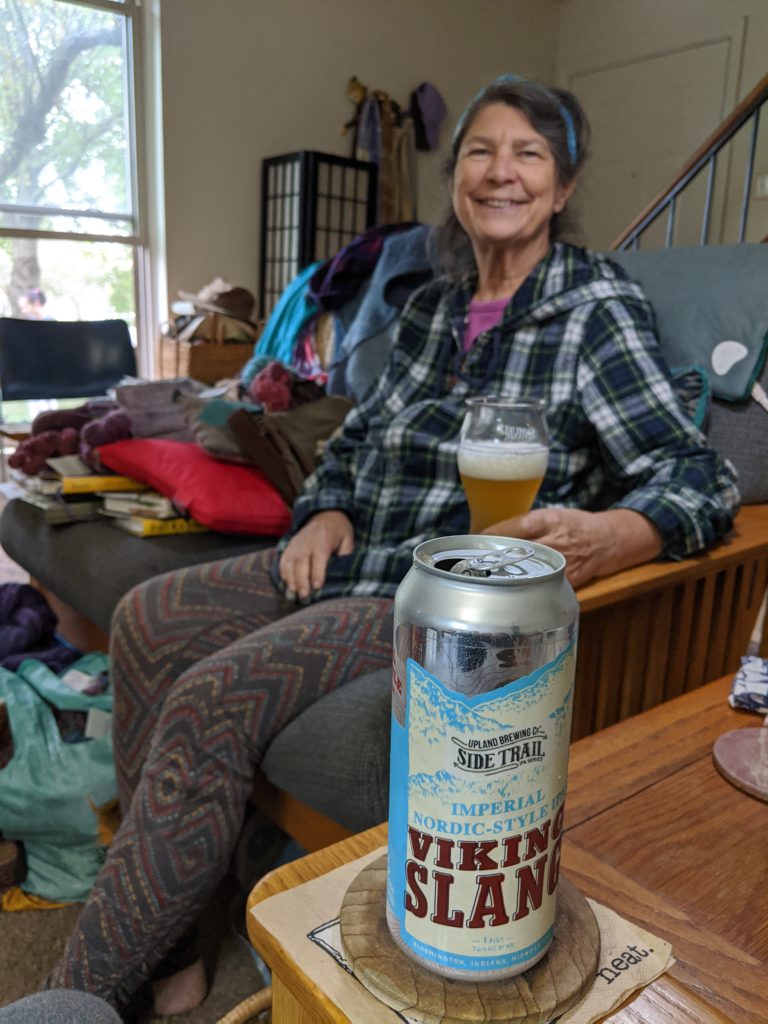
Remembering that @limako really liked @UplandBrewCo CoastBuster, when I saw another of their “side trail” beers—Viking Slang, an Imperial Nordic-Style IPA—I had to pick up a 4-pack. Sharing a can with @jackieLbrewer.

In a shaker mix with ice:
4 parts cheap gin
1 part cheap triple sec
1 splash cranberry juice concentrate
Shake until cold, pour over ice, top with grapefruit juice.
Sitting on the patio with my sweetie @jackieLbrewer. And, of course, beer.
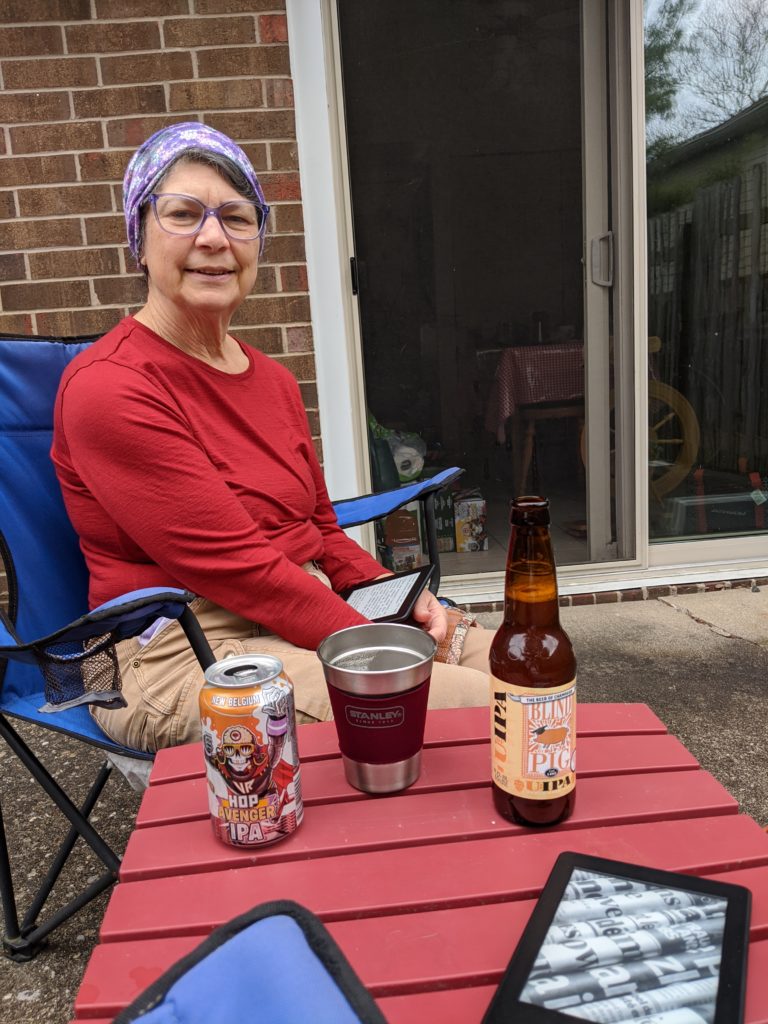

Here I am, wearing one of the facemasks Jackie made, ready to go to the grocery store, or the mail room, or the laundry, or whatever.
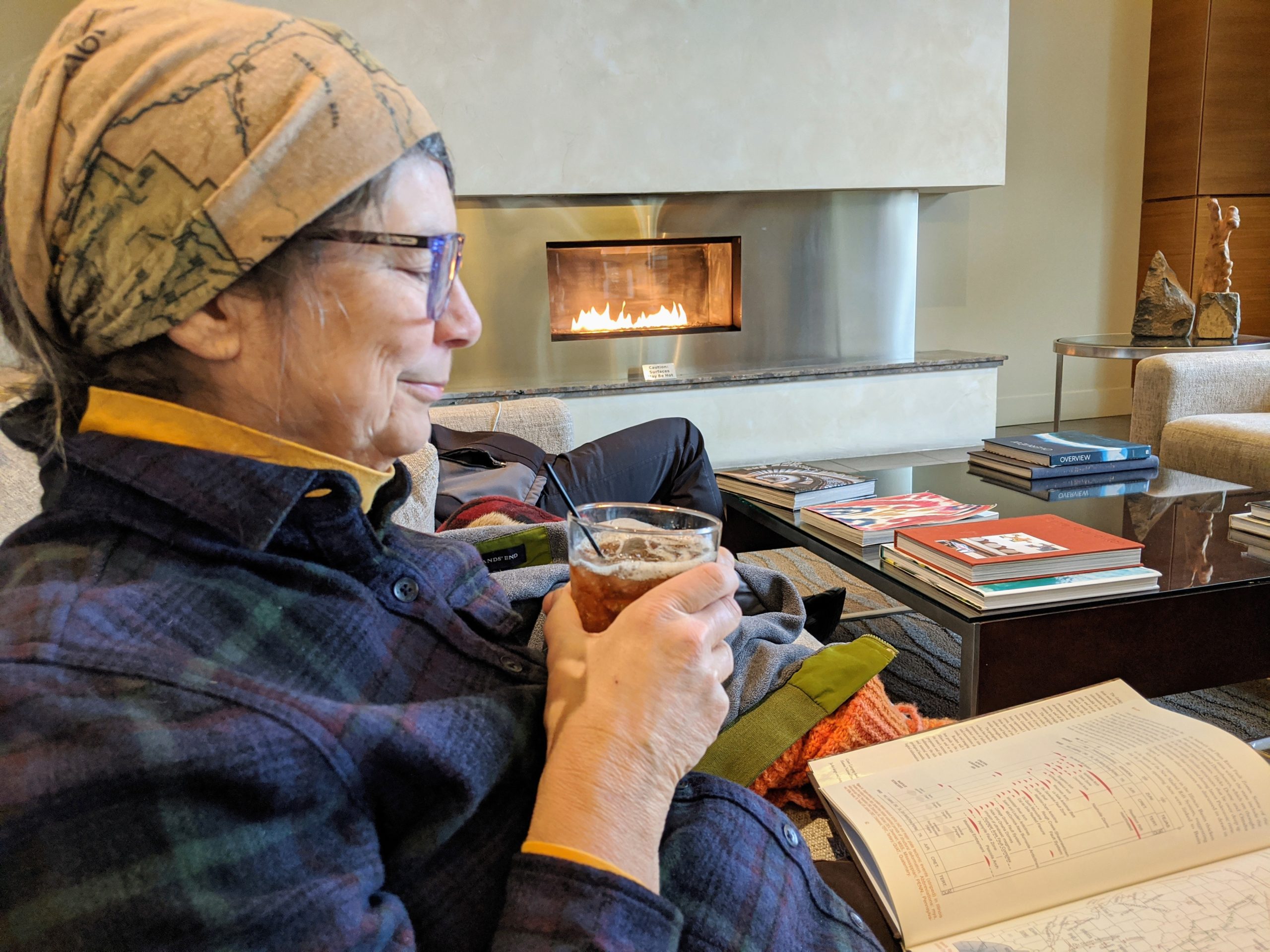
Enjoying the fireplace at @HoulihansCU with @jackieLbrewer, who is drinking a Ghostwriter. I’ve got a U of IPA. 📷 #mbfeb
Barbara Nell Land née Neblett passed away peacefully on February 22, 2020 at Carle Hospital in Urbana, Illinois at the age of 96.
Barbara was a writer.
After graduating from Columbia University Graduate School of Journalism she won a Pulitzer Travel Scholarship which provided funds for travel and reporting while she wrote many articles on the role of women in the reconstruction of postwar Europe.
The list of places she worked as a journalist would be long, but notably included the Miami Herald, Life Magazine, Armed Forces Network, The New York Times, and Reno Gazette-Journal. She wrote over twenty books, including many co-authored with her husband Myrick Land.
Among her books she was perhaps most proud of The New Explorers about women scientists in Antarctica. She had a life-long fascination with the continent from third grade, when she read in the Weekly Reader about a boy scout who traveled to Antarctica. She complained to her father that boys could do things like that and she couldn’t, and her father replied “When you grow up you can do whatever you want.”
Years later, when researching the book, she got as close as New Zealand, approved for the official flight to the research station, only to be unable to board because the scientists and their equipment reached the weight limit for the plane.
Although she never made it to Antarctica as a working writer, she did eventually visit as a tourist, taking two cruises there in her 80s.
Barbara was born in Hopkinsville, Kentucky on July 11, 1923 to Robert Neblett and Jacqueline Neblett. She is survived by her son and daughter, Robert Land of Santa Barbara, California, and Jacquelyn Brewer of Savoy, Illinois, and by her granddaughter Kyra Yorkland. She was proceeded in death by her husband Myrick Land.
No funeral service is planned. The family will scatter her ashes in Nevada, near where her husband’s ashes were scattered. In lieu of flowers, please donate in Barbara’s memory to the UNR Foundation, Barbara and Myrick Land Scholarship Endowment (175218), c/o UNR Foundation, Mailstop 0162, Reno, NV 89557. The family would like to thank all the people at Willowbrook of Savoy who took such good care of Barbara the past three years.
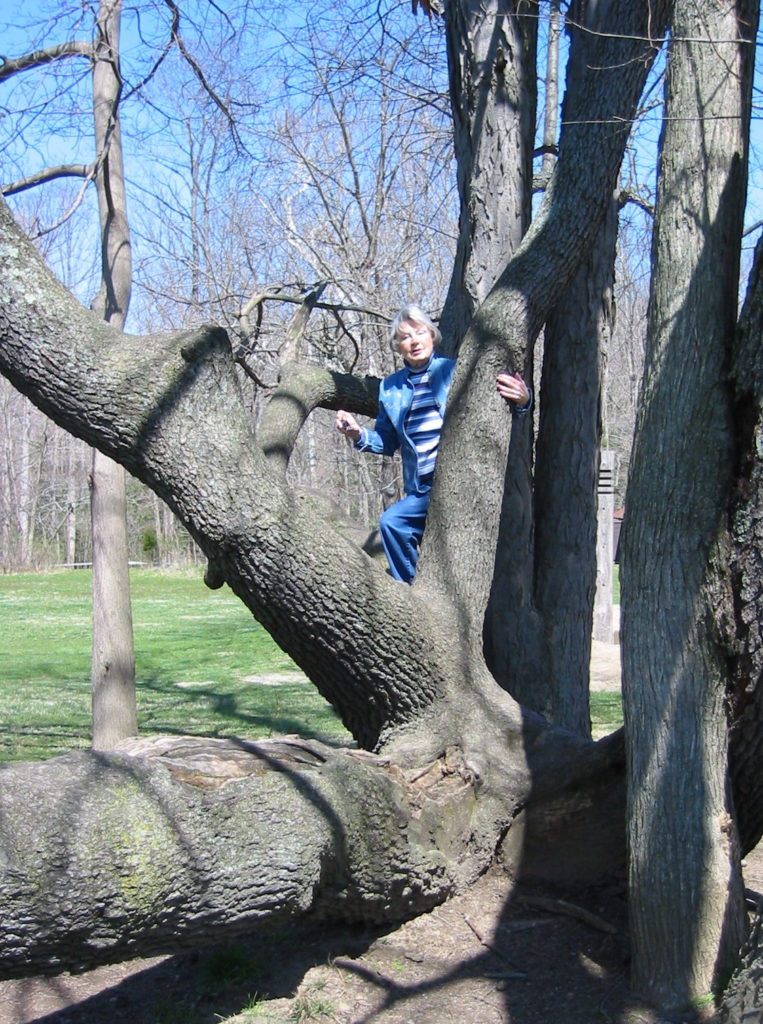
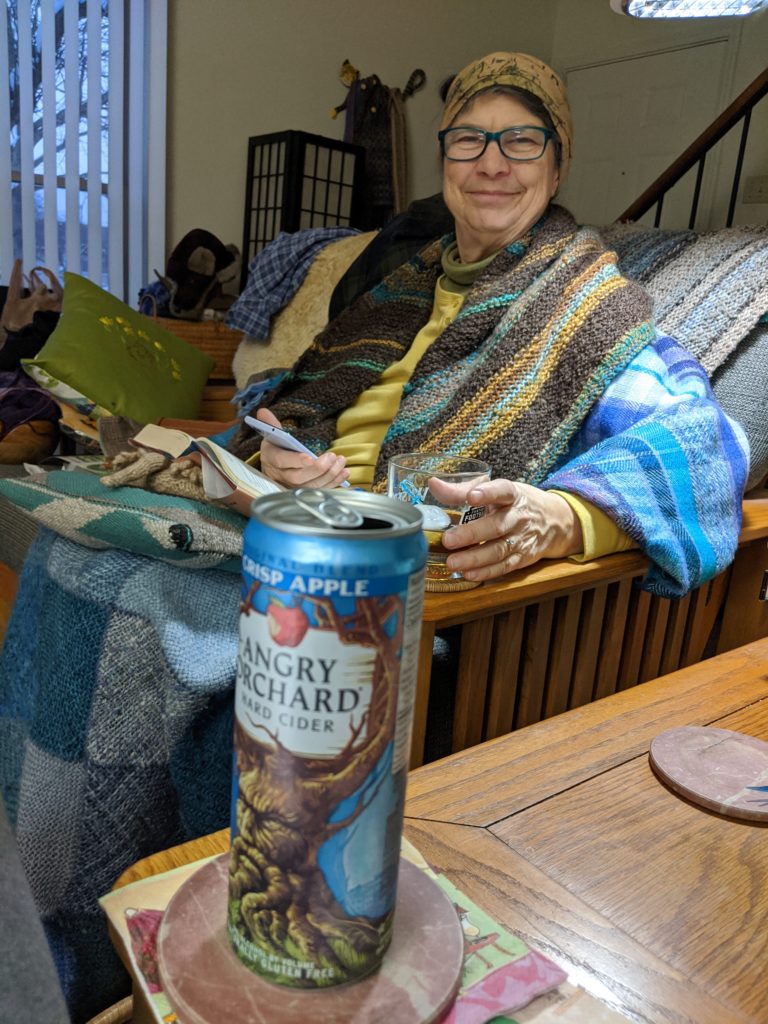
Drinking a hard cider abandoned by my nephews back in early January. @jacquelynLbrewer has a meticulously handcrafted (by me) Manhattan. 📷 #mbfeb